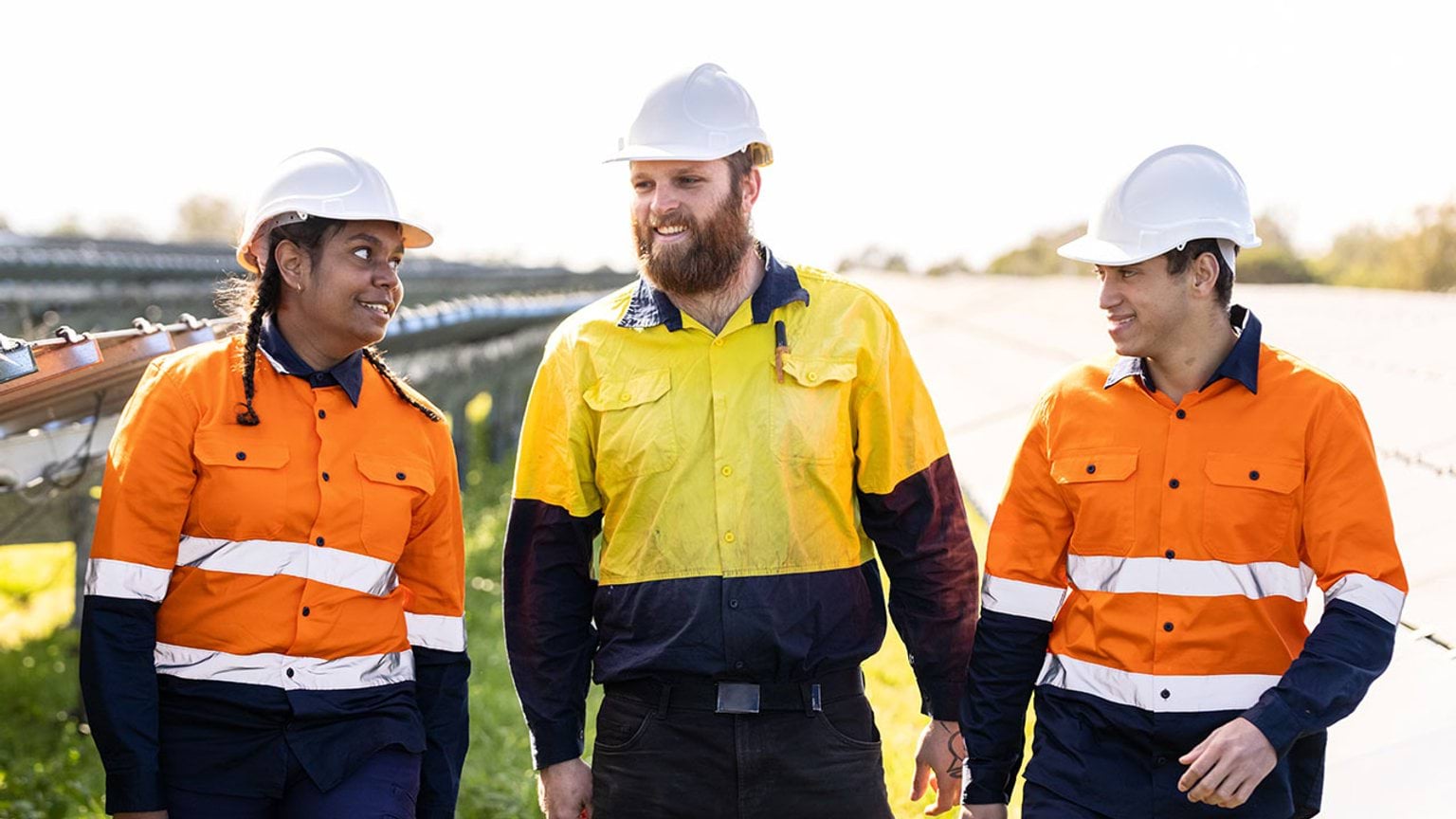Private tutors teach students in settings other than the classroom. Common subjects include art, dance, drama and music.
What is a private tutor?
Private tutors work with students one-on-one or in groups. As a private tutor, you may work for a private institute, or as a sole trader in your own business. You can support students with learning material, instructions and feedback. If you like teaching and have specialist knowledge, this role could be for you.
Find out more about private tutors(opens in a new window) and these related jobs on the Victorian Skills Gateway:
- art teacher (private tuition)(opens in a new window)
- drama teacher (private tuition)(opens in a new window)
- dance teacher (private tuition)(opens in a new window)
- music teacher (private tuition)(opens in a new window)
- training and development professional(opens in a new window).
Related training courses
Explore these related TAFE and training courses on the Victorian Skills Gateway(opens in a new window):
- English language teaching(opens in a new window)
- training and assessment(opens in a new window)
- training design and development(opens in a new window)
- vocational education and training(opens in a new window).
You may be eligible for government funding to help pay for your course.
Median salary
The median weekly earnings for private tutors and teachers in Australia is $1,876.
Source: Jobs and Skills Australia(opens in a new window)
Note this salary is current as of January 2025 and is indicative only. A range of salaries apply to different roles across the industry.
Job demand in Victoria
Below are the employment projections for private tutors and teachers jobs in Victoria. Figures show the number of workers in 2024 and the new workers expected to enter the workforce by 2027 and 2034.
‘New workers expected’ accounts for workers adding new jobs to the economy and replacing retirees over the next 3 and 10 years. These projections are estimates only. There will be additional jobs available as people move between jobs and industries.
| Region | Workers 2024 | New workers expected by 2027 | New workers expected by 2034 |
|---|---|---|---|
| Victoria | 14,513 | 2,040 | 7,327 |
| Melbourne – inner metropolitan | 1,686 | 266 | 910 |
| Melbourne – inner south-east metropolitan | 1,965 | 229 | 821 |
| Melbourne – southern metropolitan | 2,212 | 295 | 1,084 |
| Melbourne – northern metropolitan | 1,938 | 295 | 1,115 |
| Melbourne – eastern metropolitan | 2,828 | 340 | 1,261 |
| Melbourne – western metropolitan | 1,799 | 319 | 1,174 |
| Ballarat and surrounds (Central Highlands) | 315 | 40 | 165 |
| Bendigo, Echuca and surrounds (Loddon Campaspe) | 352 | 58 | 148 |
| Geelong, Colac and surrounds (Barwon) | 495 | 67 | 282 |
| Gippsland | 366 | 60 | 159 |
| Horsham and surrounds (Wimmera Southern Mallee) | 68 | <10 | 24 |
| Mildura, Swan Hill and surrounds (Mallee) | 107 | <10 | 38 |
| Shepparton, Seymour and surrounds (Goulburn) | 155 | 24 | 54 |
| Wangaratta, Wodonga and surrounds (Ovens Murray) | 129 | 21 | 55 |
| Warrnambool, Hamilton and surrounds (Great South Coast) | 97 | <10 | 37 |
Source: Victorian Skills Authority Employment Projections Dashboard
Resources to plan your next steps
Visit our education and training services industry profile to find out about:
- what it’s like to work in education and training services, and some of the jobs you could do
- training and skills to work in the industry, and financial assistance to help pay for your course
- help getting a job in education and training services, and industry job projections for Victoria
- other free resources and advice to plan your training and career.
Also visit our working with children and young people industry profile.
Explore growing industries in your region
Updated



